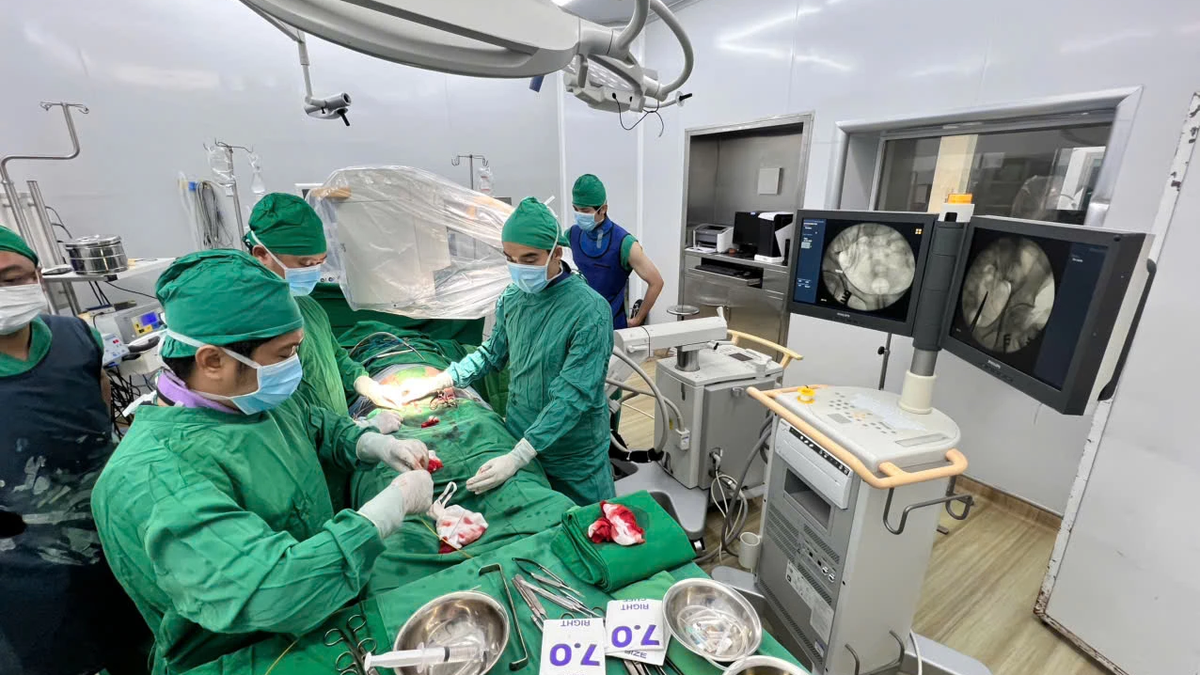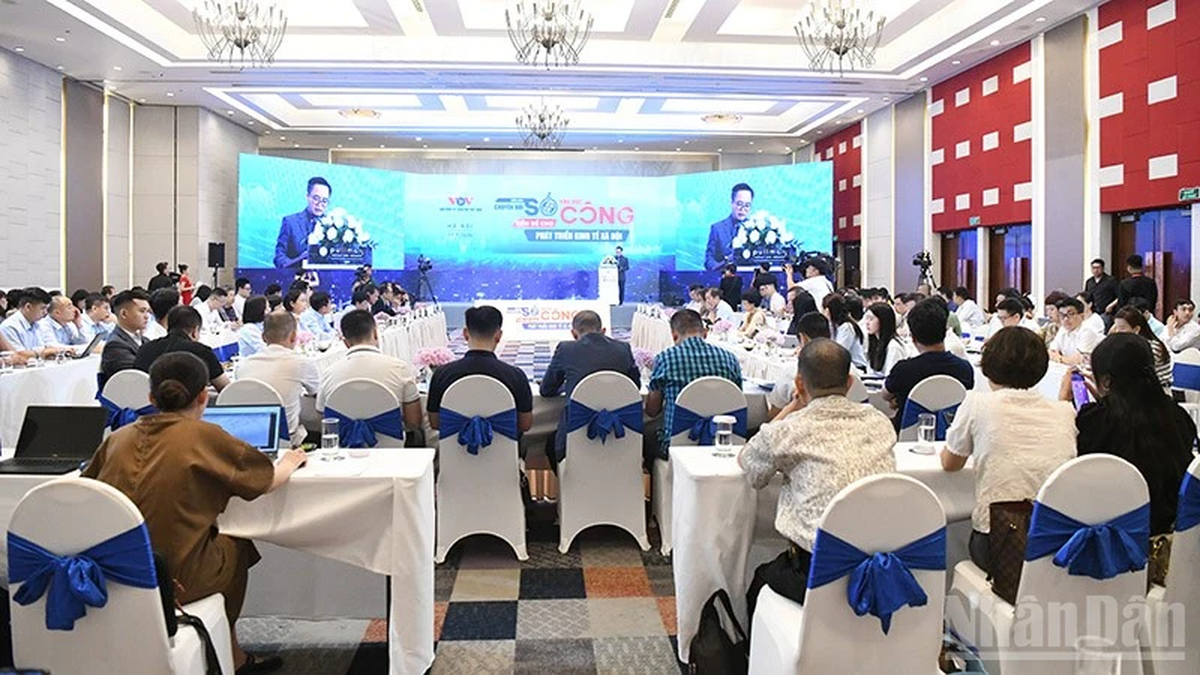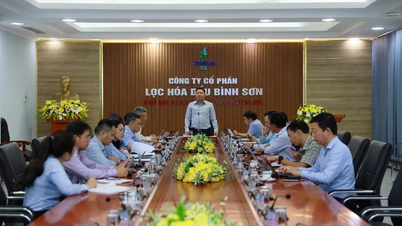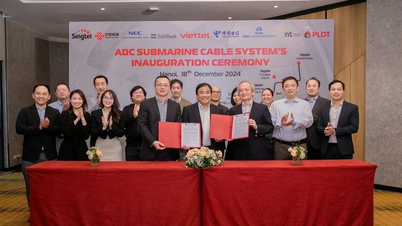To manage new tobacco products in accordance with the definition of current law, specifically heated tobacco products (TLNN), it is possible to base on the Investment Law and amend Decree 67/2013/ND-CP.

This content was proposed by Mr. Le Dai Hai, Deputy Director of the Department of Civil and Economic Law, Ministry of Justice at the seminar "Proposing policies to manage new generation cigarettes" on National Assembly Television on September 24.
Need coherence from the legal corridor
According to delegates at the discussion, TLNN is easily identified as a tobacco product for many reasons.
Firstly, TLNN is produced from natural tobacco ingredients like traditional cigarettes (electronic cigarettes (TLĐT) contain essential oil solution, or a hybrid between TLNN and TLĐT, if not clearly defined, then it belongs to the group of subjects that need further assessment). Previously, domestically, Deputy Chairman of the National Assembly 's Judicial Committee Nguyen Manh Cuong commented: "Although TLĐT has not been mentioned in the Law on Tobacco Control; TLNN is very close to the definition of tobacco in this law".
Second, based on international definitions and practices, from the World Health Organization (WHO) to the World Customs Organization (WCO), the International Organization for Standardization (ISO)... all identify TLNN as tobacco and recommend that countries manage it according to current tobacco control laws.
Legally, Mr. Hai said that it is necessary to look at the legal system as a whole to manage new cigarettes.
First of all, in the Investment Law, tobacco is a conditional business line and the Government is assigned to regulate the management conditions. Therefore, Mr. Hai affirmed: “If we identify new generation tobacco, specifically TLNN, as a tobacco product, then it is eligible to be put under management. Through the Investment Law, Decree 67/2013/ND-CP on tobacco production and trading can be amended.”
At the same time, the current legal system used to regulate tobacco products includes the Law on Prevention and Control of Tobacco Harms (PCTHTL) issued by the National Assembly in 2012. On this basis, the Government issued Decree 77/2013/ND-CP detailing the implementation of the Law on Prevention and Control of Tobacco Harms, a number of measures to prevent and control tobacco harms; and Decree 67/2013/ND-CP detailing tobacco trading.
During the implementation process, these Decrees were also amended by Decree 106 and Decree 08 of the Government.
From the practice of the current legal system, the law and sub-law documents are now complete and perfect for both business issues and prevention of the harmful effects of all types of tobacco, including TLNN.
In addition, Mr. Le Dai Hai said that the General Department of Taxation has a mechanism to issue labels for domestically produced cigarette products such as those from Vinataba, or for imported products that are legally circulated. Therefore, he further proposed that this labeling measure can be used as a basis to distinguish new types of cigarettes that are allowed to circulate, and to handle and destroy products that have not passed inspection.
At the same time, the Ministry of Health is proposing to use taxes to effectively control tobacco consumption in the draft Law on Special Consumption Tax (amended). Ms. Hoang Thi Thu Huong, Department of Legal Affairs (Ministry of Health) spoke at the workshop on the morning of September 24: “Tax is the most effective solution for Vietnam to achieve the dual goal of reducing consumption, reducing illness and death, and at the same time helping to increase the State budget. It is estimated that if tobacco tax increases by 10%, the rate of tobacco use will decrease by 5-8%.”
The tobacco control system is enforced by the State apparatus.
Also at the September 24 discussion, answering questions about the management capacity for TLNN and new cigarettes, Ms. Nguyen Quynh Lien - Head of the Democracy, Supervision and Social Criticism Committee, Central Committee of the Vietnam Fatherland Front analyzed: Traditional cigarettes are currently controlled by a system consisting of State agencies, including the tobacco import and export management agency, tax, customs, market management and specialized police force. In addition, there is the Steering Committee 389 on preventing smuggling crimes. Therefore, Ms. Lien affirmed: "I think that in terms of organizational structure and enforcement mechanism, we do not lack".
Sharing the same view, Mr. Hai talked about the future of controlling new cigarettes: "If in the future, the competent State agency evaluates and tests new cigarettes, especially TLNN because it is easier to identify as a tobacco product, then we will issue management regulations as recommended by WHO, which is to manage them as for traditional cigarettes, then we already have the experience, apparatus, and people to be able to do this."
In fact, up to now, the Government's advisory bodies have not yet reached a consensus on the new tobacco management. In this regard, the participating delegates all share the same views with the Ministry of Industry and Trade and the Ministry of Health, because although the approaches of the ministries are different, they all have reasonable bases and objectives. However, this is also the reason for the delay in completing the management policy.
Dr. Nguyen Minh Phong, economic expert, former Head of the Economic Research Department, Hanoi Institute for Socio-Economic Development, warned that allowing new tobacco products to spread without supervision will negatively impact the role of state management. In terms of international experience, among the 184 countries that do not ban tobacco products, many countries see "the benefits outweigh the risks" when allowing tobacco products to be legalized. Typically, according to the August 2024 report of the Japanese Ministry of Health, the rate of cigarette smoking in this country is now only 10% compared to 20.7% in 2012, with 4.6% of smokers switching to tobacco products. At the same time, the rate of Japanese youth using tobacco products is noted as not worrying because it is very low, only 0.1%.
Source




































































































Comment (0)